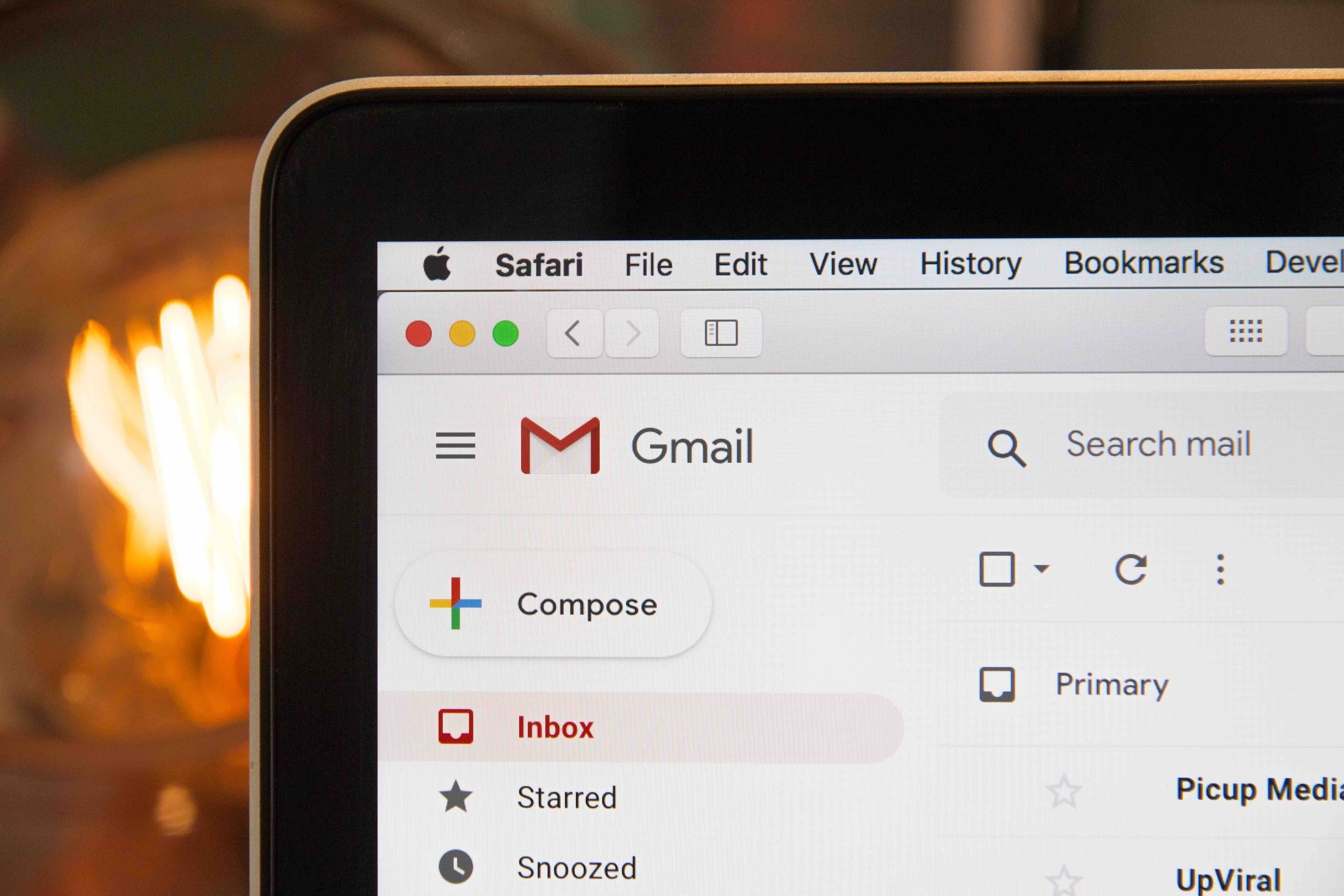Responding to emails likely consumes much of your time at work. One survey found employees spend an average of 4.1 hours a day checking work email. That adds up to a whopping 47,000 hours in their inbox over the course of a career.
Learning the basic rules of good email etiquette, therefore, can help save time, steer you away from common mistakes, and help promote your career.
1. Include a solid subject line
With most people’s inboxes overflowing with emails, make sure you get your reader’s attention. A strong subject line can help your message stand out from the rest, and can motivate your reader to open and read it.
Examples of pithy and effective subject lines include “Budget Report,” "Meeting date changed," or "Suggestions for the proposal." In a nutshell your reader knows what your message is about.
2. Use professional language
Avoid overly casual salutations and colloquial expressions that are not generally used in the workplace. Safe openings include “Hi” or “Hello,” while courteous closings include “Regards” and “Sincerely.” Do not shorten a person’s name unless you know they prefer it. Say "Hi Michael," unless you're certain he likes to be called "Mike." Only use shorthand or jargon if you know the person well.
3. Think twice before hitting 'reply all'
Refrain from hitting "reply all" unless you really believe everyone on the list needs to receive the email. No one wants to read emails from 20 people that have nothing to do with them.
4. Watch your emotional tone
Conveying the right tone in emails can be challenging. Too many exclamation points, for example, can make you appear too emotional or immature. So can emojis. ALL CAPS COMES ACROSS AS SHOUTING. Humour can easily get lost in translation without the right tone or facial expressions, especially if you don’t know the person well or he comes from a different culture.
5. Reply in a timely fashion
Always reply within 24 hours, even if it is to acknowledge an email and explain that you will revert with an appropriate response within a defined timescale. People don’t like to be ignored!
6. Proofread every message
Chances are your email will contain one or more mistakes. Read and re-read your email a few times, preferably aloud, before sending it off. Don't rely on spelling and grammar checkers.
7. Add the email address last
Even when replying to a message, you do well to delete the recipient's address and insert it only when you are sure the message is ready to be sent. It’s easy to accidently hit the send button and send an incomplete (and potentially embarrassing) message.
8. Double-check your recipient/s.
Be careful when typing a recipient’s name from your address book. It's easy to select the wrong name and send the message to the wrong person.
9. Stick to classic fonts
Make your emails easy to read by using classic fonts, colours, and sizes. Use black 10-to 12-point Arial, Calibri, or Times New Roman font.
10. Think where your email might end up
Always remember that every email leaves a trail. The reality is that your email will remain on the server long after you have deleted it. Don't write anything you wouldn't want everyone to see.
Conclusion
There are so many ways to write an email and each employee has a different and unique style. However, if you apply the above suggestions, you will write more effective emails that win respect.




